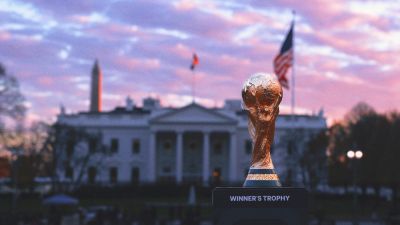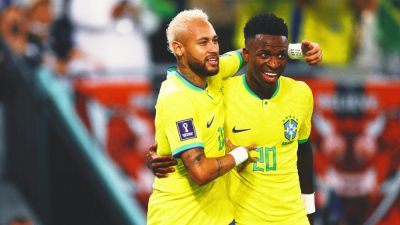World Cup Match Ball History: From 1930 to Present -- Including 2026 'TRIONDA'
The beauty of each World Cup is the attention to detail and how each edition weaves in the traditions and characteristics of the host nations.
And that's especially true with the official match ball. Take for instance the recently released TRIONDA ball, which all eyes will be on next year at the 2026 FIFA World Cup, which will be hosted in three nations – Canada, Mexico, and the United States.
Since 1970, adidas has supplied the official match ball for the World Cup. Before then, the match balls were provided by manufacturers from the host countries. Get a low down on each ball from 1930.
Let's take a deeper dive into each ball, including how they got their names and what made them stood out.
2022 – Al Rihla (Qatar)
(Getty Images)
Meaning "The Journey" in Arabic, Al Rihla included 20 panels and featured a suspended chip inside the ball that tracked in-game data. Its design drew inspiration from Qatari culture and maritime traditions, with the bonded bails hearkening to the Dhow boats found in the Persian Gulf waters. It also was the first official ball produced entirely with water-based inks.
2018 – Telstar 18 (Russia)
(Getty Images)
A modern homage to the 1970 Telstar, it featured pixelated black graphics referencing Russia’s digital era. Equipped with a chip inside, it was the first smart World Cup ball. It was composed of six panels that provided for a smoother surface, with a differently designed "Mechta" version of the ball utilized during the knockout rounds.
2014 – Brazuca (Brazil)
(Getty Images)
The Brazuca (the name was decided by a public vote) was made from six bonded panels and was inspired by Bahia lembrança bands, the traditional Brazilian good luck bracelets composed as colorful pieces of






